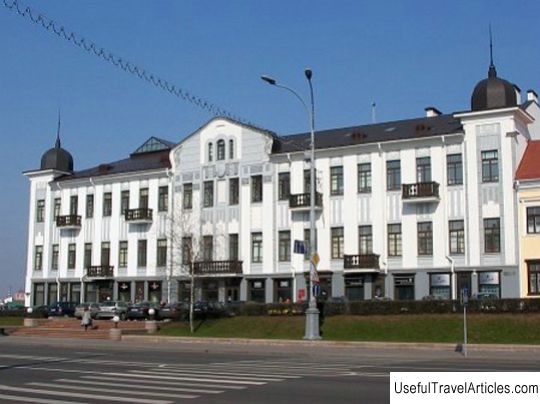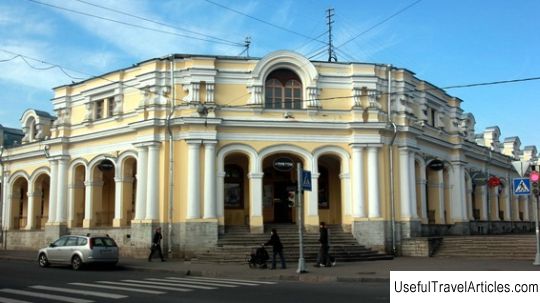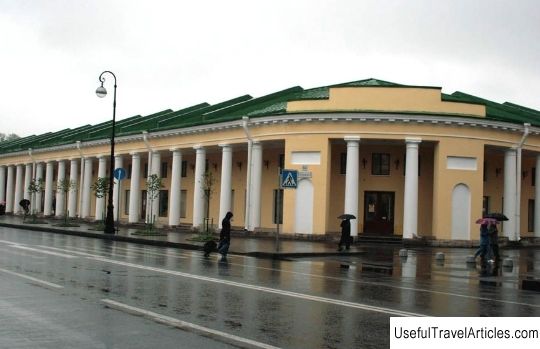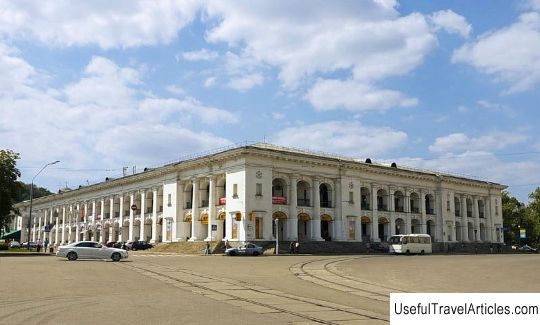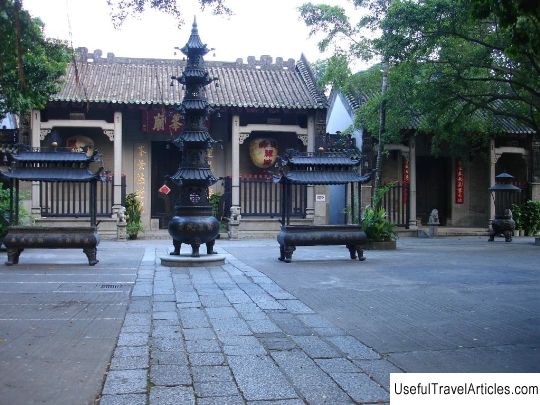Gostiny Dvor description and photo - Russia - North-West: Arkhangelsk
Rating: 7,7/10 (283 votes) 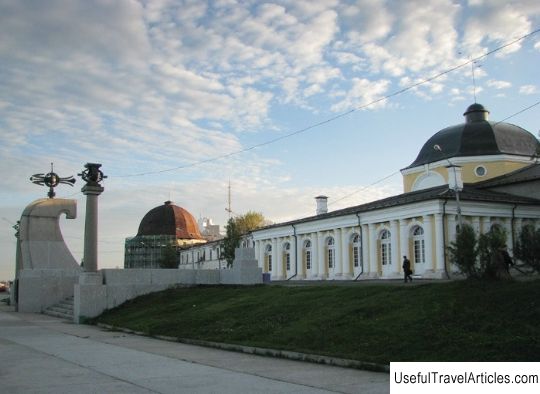
Gostiny Dvor description and photos - Russia - North-West: Arkhangelsk. Detailed information about the attraction. Description, photos and a map showing the nearest significant objects. Photo and descriptionGostiny Dvor in Arkhangelsk is an architectural monument of federal significance. It was built in 1668-1684 at Cape Pur-Navolok as a trade and defensive structure. Now only the northern tower and part of the western wall have survived from the complex. After the destruction of all the pre-Petrine churches of the city in Soviet times, Gostiny Dvor became the oldest building in Arkhangelsk. In the 17th century, more than half of Russia's foreign trade turnover passed through the city of Arkhangelsk. Then trade was organized in the wooden Gostiny Dvor. In May 1667 a fire broke out in the city, which destroyed the wooden Gostiny Dvors. It was immediately decided to build a new Gostiny Dvor from stone. In June of the same year, Tsar Alexei Mikhailovich ordered the town planner Peter Gavrilovich Marselis, the German master Wilim Scharf, and 5 bricklayers to go to Arkhangelsk. They needed to find a place where the stone Gostiny Dvors would stand. During the trip, Marselis decided to build them on the site of the previous ones - at Cape Pur-Navolok. In February 1668, the construction of two ensembles began: Russian and German Gostiny Dvor. The construction work was supervised by the engineer Matis Antsin, and since 1671 - by the architect Dmitry Mikhailovich Startsev. In 1670 another large fire took place, which destroyed the wooden defensive fortress of Arkhangelsk. It was decided to add military elements to the complex, creating a space in the center between the Russian and German Gostiny Dvor, the Stone Fortress City. Walls were built, 4 towers in the corners and 2 towers in the center of the long walls along the Northern Dvina River. In 1684, to the 100th anniversary of Arkhangelsk, the construction was completed. In 1694, Peter I visited Arkhangelsk, visited Gostiny Dvor and watched the trade of English, Dutch, Norwegian and Danish merchants here. In the 18th century, the main foreign economic activity was transferred to St. Petersburg. Trade through Arkhangelsk was limited, and Gostiny Dvors became unclaimed and began to collapse. In the 1770s, the building fell into disrepair, and a decision was made to restore it. The German Gostiny Dvor and the Stone Town were dismantled, and the limestone slabs and bricks were sent to repair the rest of the Russian Gostiny Dvor. In 1788, the Exchange building with a tower was erected. During navigation, a flag was raised over the tower and a lantern was erected. In 1809, the salt warehouses were completed. At the beginning of the 20th century, the northern, southern and eastern parts of the Russian Gostiny Dvor were irretrievably lost, only the western wall along the Northern Dvina River remained. In 1981, the ensemble was transferred to the local museum of local lore, the building houses museum exhibition halls. In 1992, restoration work was organized, but due to lack of funds after 3 years, they were suspended, resumed in 1998, but soon stopped again. In 2006, funds were allocated for the reconstruction of Gostiny Dvor. In 2008, the Exchange with the central tower was restored.     We also recommend reading Apollon Theater description and photos - Greece: Patras Topic: Gostiny Dvor description and photo - Russia - North-West: Arkhangelsk. |
